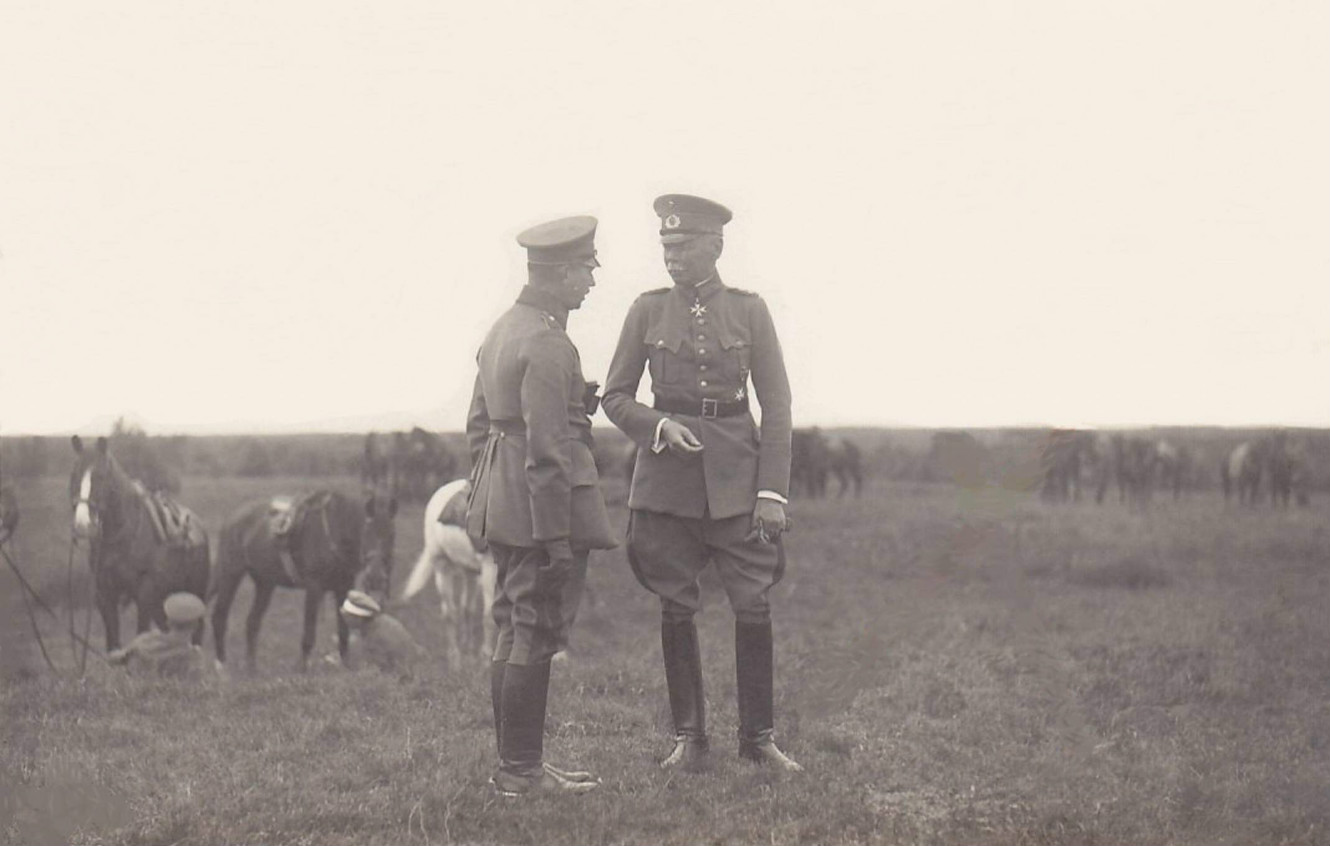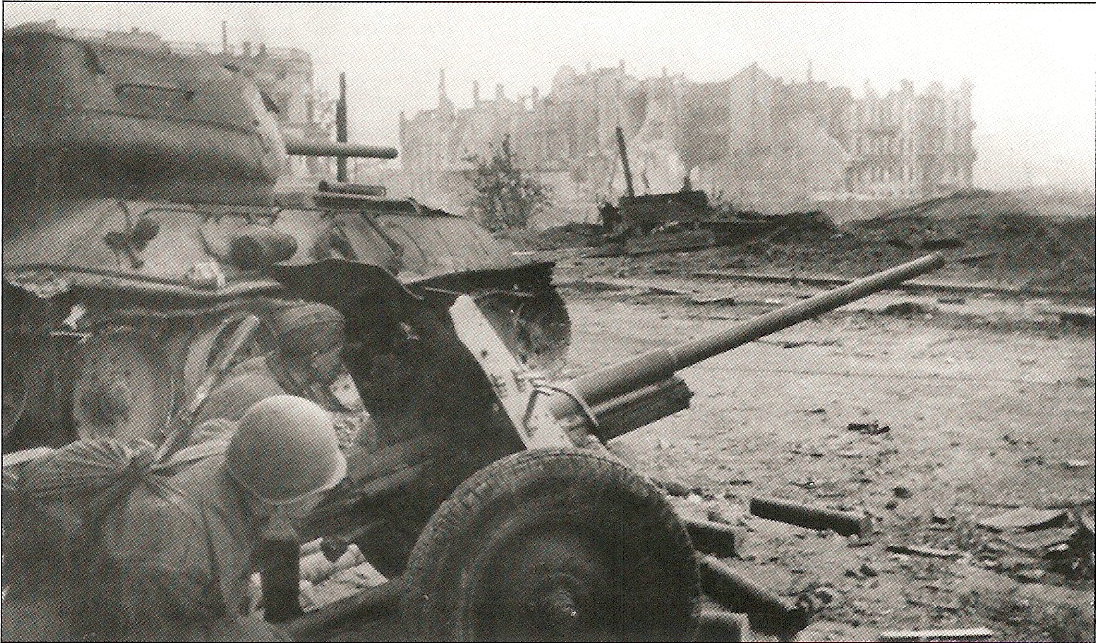
sourceĪnyone accused of a "crime" (most commonly cowardice), could find themselves assigned to a Shtrafbat (promotions and awards were stripped from anyone assigned to a Shtrafbat, and all had the rank of private). Lest you believe these were isolated or anomalous incidents. Zhukov used 34 in a single assault in Byelorussia. 16 were concentrated into a single army's sector during Stalingrad, 23 on the entire Don Front. A Front commander typically had access to some 10-15 Shtraf battalions. The idea was taken from similar German penal battalions, however the concept was enlarged and made a central part of Soviet strategy. The Shtrafbats were created following Stalin's infamous Order No. A reader might otherwise get the impression that the Soviet Army was deeply concerned with the fate of their soldiers and took all precautions to ensure they were properly equipped, and the only time this wasn't the case was during moments of chaos.
Russian at guns in men of war 2 movie#
I really think you should at least mention Soviet Shtrafbats (penal battalions), since that is clearly the concept that the scene in the movie draws its inspiration from. This is an okay response, but a bit biased. This massive loss of life–perhaps some 70,000–was tragically futile, and it is far from certain that their sacrifice even delayed the Germans at all on the line of the River Luga.Īnd at Stalingrad, the workers of the Barrikady Ordnance Factory, the Red October Steel Works and the Dzerzhinsky Tractor Factory executed a similar delaying action on August 25th (an incident which I have always assumed was the inspiration for the opening scene of Enemy at the Gates, even if almost none of the facts are correctly carried over).

Most fled in terror of the tanks, against which they had no defence at all. More than half lacked rifles, and yet they were still ordered into counter-attacks against panzer divisions.

They had no training, no medical assistance, no uniforms, no transport and no supply system. To quote regarding one notable incident outside Leningrad:Īltogether over 135,000 Leningraders, factory workers as well as professors, had volunteered, or been forced to volunteer. But it was seen at least through Stalingrad with the Narodnoe Opolcheniye, or civilian levies. The instances of proper Red Army soldiers - excluding the penal battalions which not only would sometimes lack rifles but also got to be human mine clearers sometimes - doing such charges are very limited, and mostly fall within the first few months of the war, due more to logistical issues than an inherent lack of arms. You're generally right, but you do leave out one detail. This is not the sign of an under-equipped military, but rather one with a buckling logistics system and reeling in retreat. Indeed so much Soviet small-arms fell into German hands in the initial assault that certain submachineguns and rifles were pressed into service with the Wehrmacht and given official Heer designations. Its also good to remember that Soviet production values were simply mind numbing and its unthinkable that they would somehow be lacking in a robust number of personal weapons. Attacks, for example, that were meant to be well-planned and co-ordinated Soviet Doctrine attacks often got cluttered up, with successive waves attacking together, or with artillery falling too late or too early, giving the image of a rabble conducting a 'human wave' attack, which is a gross oversimplification. The idea of underequipped front-line soldiers being 'herded' forwards with inadequate weaponry is a heady mix of misinterpreted first-hand accounts, propaganda, and lack of Soviet cohesion and tactical acumen during the years 1941-1942. Many men filtered through or joined attacks who no longer had their personal weapons or ammunition, or if were lucky enough to have some form of motor transportation, had to abandon their vehicles.

However, by the time such a large number of men are encircled and contemplate a breakout attempt, they are rarely a cohesive force and breakouts, even if successful, from a pocket almost always result in high personnel and materiel losses.

Large pockets of Soviet defenders were encircled, there was never a "norm" as to what happened during the first days of Barbarossa when large encirclement happened some resisted bitterly, others were promptly crushed, many more attempted to break out. This is largely hogwash, but it is based on a small ( very very very very very very small) grain of truth during the initial months of invasion in 1941.


 0 kommentar(er)
0 kommentar(er)
